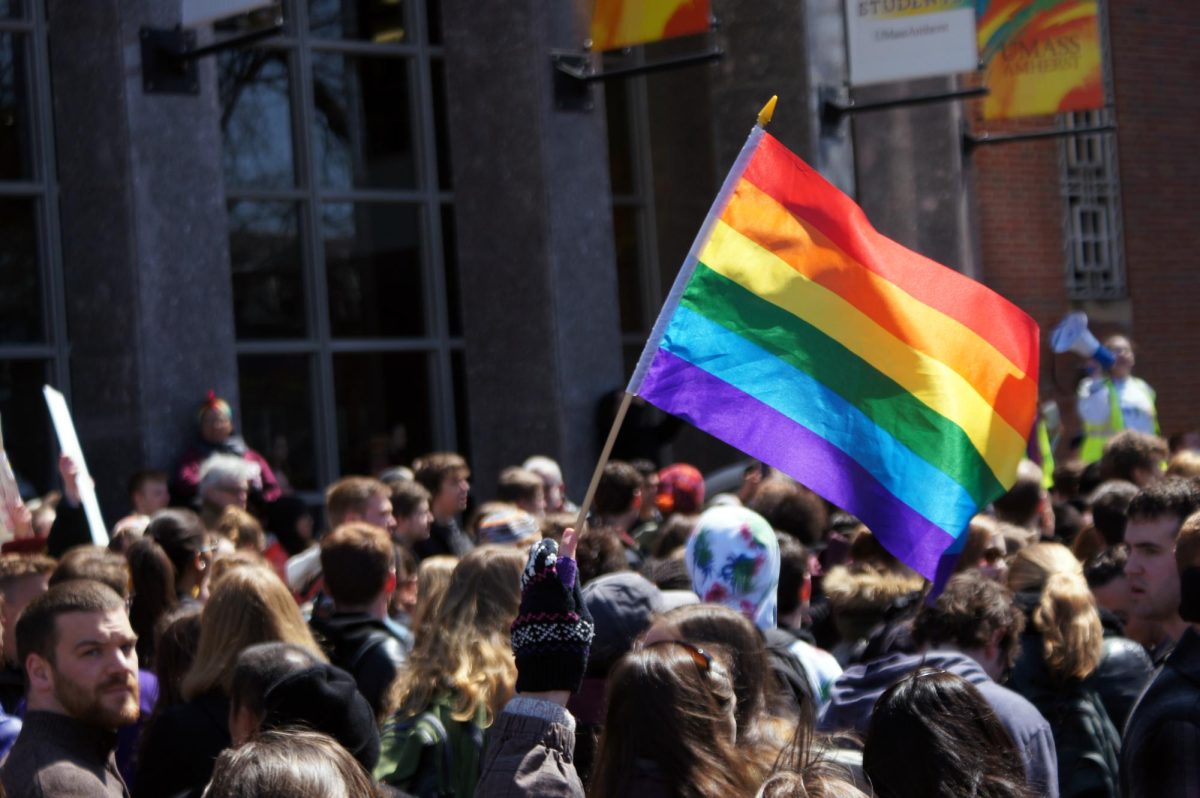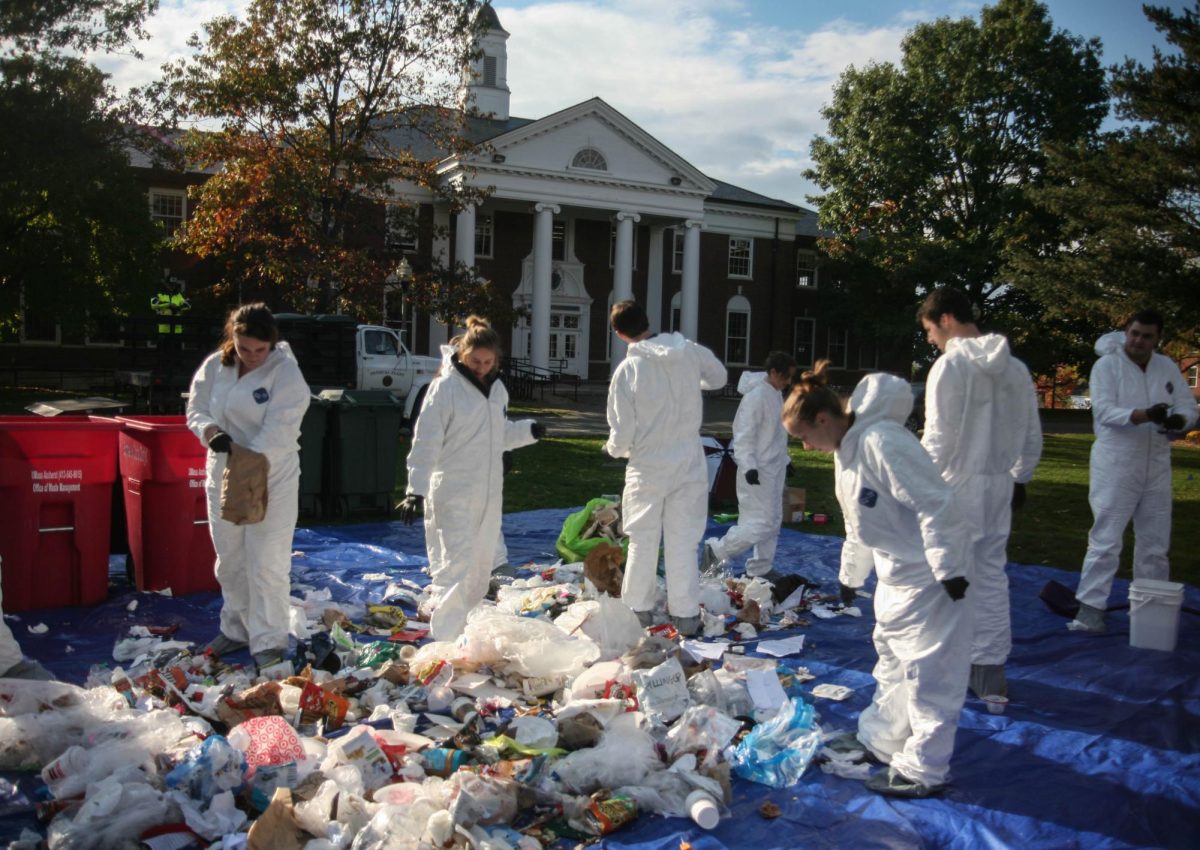In 2011, Geoffrey Mutai took a right on Hereford Street, then a left on Boylston and crossed the Boston Marathon finish line in 2:03:02 — then the fastest marathon ever run. The trouble was his mark couldn’t qualify for a world record; Boston’s course drops too much in elevation from start to finish. It’s considered an unfair advantage over running on a flat or hilly course.
To the fans and spectators there to see Mutai’s mark, it didn’t matter. Their race is stronger than any challenge that’s been tossed its way, whether it’s a disqualified world record or something larger. The marathon has been run in some form every year since 1897 and has survived two world wars, the Great Depression, the war in Vietnam and, in 2007, a storm system so strong that organizers nearly canceled the race.
And five years ago this Monday, it survived a tragedy. I was in Israel with my family when the news broke, and there was a cruel irony in sitting safely in a country in the Middle East while two bombs were set off 12 miles from my home.
But while we were shown the worst humanity has to offer, the Marathon has endured through these moments because it brings out the best in Boston year after year. A million spectators line the course, from Hopkinton to Framingham, through Natick Center and past the Wellesley College Scream Tunnel. They pack the Newton Hills, encouraging runners up one of the toughest sections of a marathon in the world. They fill Cleveland Circle and Coolidge Corner, stream out of Fenway Park after a morning game and pull athletes across the final stretch in the Back Bay.
The Marathon is a testament to endurance. Serious runners struggle with keeping up a pace for that long, and anyone who has run one will tell you how broken their body feels the day after the race.
But it’s not just an elite race of the world’s most decorated athletes. Tens of thousands of runners, with varying degrees of experience, mark Patriots’ Day on their calendars and follow training schedules leading up to it each year.
What makes the Marathon special is that it doesn’t require being a Division I college athlete or sponsored professional runner to complete it. Ordinary people make up the majority of the race, and we cheer just as hard for them as we do the leaders.
Depending on where you watch from, the first people you will probably see will be the mobility impaired field. Following them will be the push-rim wheelchairs — athletes who, despite their disabilities, may be in better shape than most of the runners that will follow them and power themselves for over 26 miles on the strength of their arms and back alone. The handcycles follow, and then Wave 1 starts to trickle.
First, the elites: the top tier in the men’s field pacing out sub-five-minute miles with ease. And then, slowly, the course starts to fill up until there are dozens of runners in front of you at the same time.
This is the image of the Marathon that sits with you — thousands of people slowly but surely making their way to the city. There’s no competition at this point in the race. You don’t lose if the person next to you finishes a step ahead. Everyone has the same goal and each step gets you just a bit closer to it.
When you look past the spectacle the day brings, the Marathon paints a picture of just how strong a hold running has over people. It shows us that the love of running can make someone want to go out and cover 26.2 miles in a few hours. The race may be the same distance as its counterparts in New York or Chicago, but it’s unlike any other marathon in the world. The course and the fans that line it create a unique event that draws tens of thousands of people back year after year. It’s a part of the city and something to be proud of, even if they won’t let our world records count.
Will Katcher is a Collegian columnist and can be reached at [email protected] and followed on Twitter at @will_katcher.




















